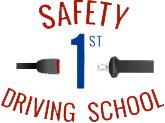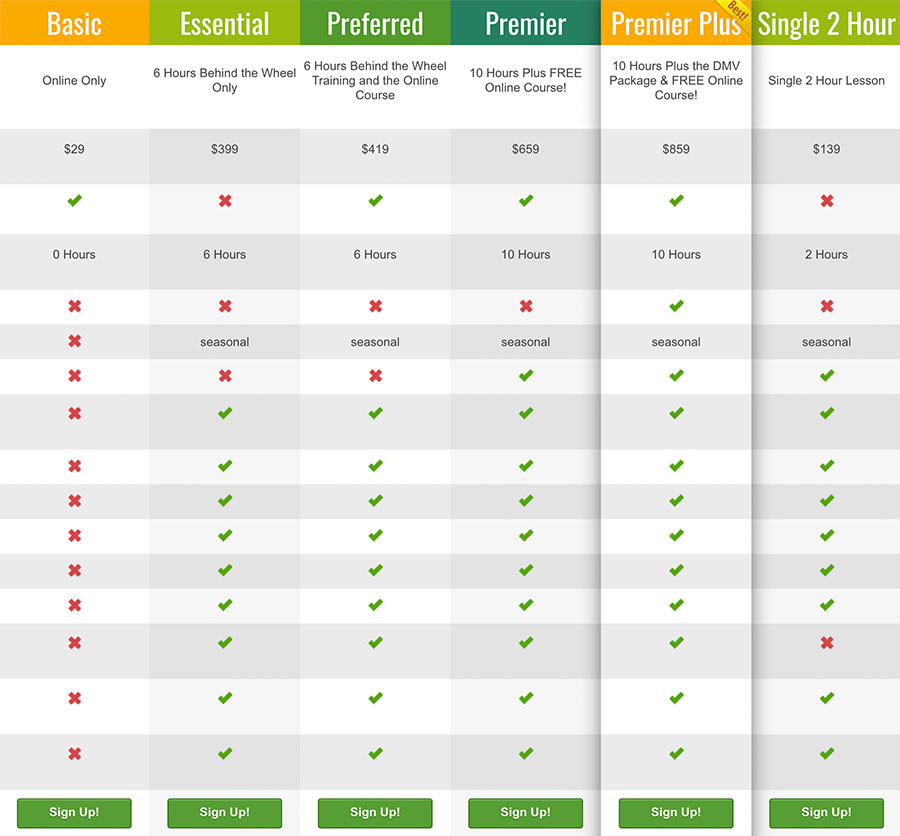 Though you can certainly still surf during Orange County’s “winter”, some beach bums like to trade in their surfboards for snowboards and head up to the mountains for a REAL winter experience!
Though you can certainly still surf during Orange County’s “winter”, some beach bums like to trade in their surfboards for snowboards and head up to the mountains for a REAL winter experience!
Whether you’re spending the holidays in a cozy log cabin up in Big Bear, drinking hot cocoa and lounging in a hot tub on the deck, or out shreddin’ the gnar and freezing your buns off, getting to your wintry destination safely ought to be your #1 priority. And if you’re not used to driving in snow and ice, trust us when we say there is a learning curve, and there are some things you need to know to keep yourself and your family or friends safe.
The Beach Bum’s Guide to Driving in Snow and Ice
1. NO Distractions!
We say this regardless of the driving or weather conditions. Things can happen literally in a matter of seconds — which is all the time it takes to glance down at your phone to check your texts, or to tune the radio to a new station. If you’re not paying attention and another driver suddenly changes lanes, or a person or animal comes out of nowhere, you could be in deep trouble.
How much MORE important this rule is when you’re driving in snowy and icy conditions (and often on winding roads, if you’re going into the mountains). Your attention and alertness to the road and other drivers around you is paramount to your safety. We cannot emphasize this enough. Your texts can wait. Your radio can wait. Whatever it is, it can wait. And if it can’t, then pull over safely to the side of the road to take care of it. Don’t put yourself or others in danger.
2. Don’t Hurry.
Driving in the snow and ice is not the time to be in a hurry. If you’re pressed for time, you’re more likely to make poor choices, such as driving too fast, changing lanes more frequently, passing other drivers, etc. The more maneuvers you make in snow and ice, the more likely you are to experience skidding — and throw off other drivers around you, too. Give yourself plenty of time to get where you’re going.
And you know what? If you’re late, you’re late. So what? Better to be late than end up in a hospital somewhere. (Or worse.)
3. Slow Down.
Driving in snow and ice can be very dangerous, and vehicles are much more difficult to control in these conditions. Drive significantly slower than you normally would in order to minimize these hazards and give yourself more time to react should something unexpected happen.
4. Don’t Tailgate.
Keep at least 2-3 car lengths’ distance between you and the driver in front of you. This is often tough to do, especially driving on mountain roads where cars seem to squeeze very closely to one another — which may seem fine, since you’re usually going slower than you normally would. But in snow and ice, driving too close to the car in front of you can easily result in an accident.
5. Pump the Brakes, and Brake Slowly.
If you see a stop approaching in the distance, take your foot off the gas and let your car start to slow down on its own without putting on the brakes. When it’s time to put on the brakes, don’t slam on them (which you can avoid because you’ve left plenty of room between your car and the car in front of you… right?). Rather, slowly and gently pump the brakes till you come to a complete stop. Always do your best to foresee stops and avoid slamming on the brakes.
6. When You Skid…
If your vehicle starts to fishtail, slowly turn your steering wheel in the direction your back end is going. For example, if you start skidding and your back end juts out to the right, turn — don’t jerk — but turn your steering wheel to the right.
7. Drive Defensively.
To sum it up, driving through snow and ice requires you to keep your eyes on the road and stay alert. Be extremely conservative and cautious, and assume anything you do could cause skidding. Don’t presume to know what any other driver on the road is going to do, but try to anticipate any hazards or unexpected maneuvers that could arise.
Regardless of the conditions, we hope you’ll stay safe this winter!


